“I must have flowers, always, and always.”
Claude Monet
Claude Oscar Monet was born in Paris in 1840, but spent much of his youth at the French Normandy beach resorts of Le Havre and Sainte-Adresse. He became interested in art, and when Eugene Boudin saw Monet sketching on the beach, he introduced Monet to the new idea of painting outdoors (plein air). The Industrial Revolution had introduced tubes of oil paint with screw caps. Previously, everything was painted indoors, even landscapes, because oil paint was kept in leather pouches tied with cords. Taking pouches of paint outdoors was impossible. Portable easels also were introduced, making it easier to move outside. Boudin and Monet were among the first to experiment with this new plein air technique.
From the beginning, one of Monet’s favorite subjects was beautiful gardens. Well known for his paintings of waterlilies, Monet also was a consummate gardener. “The Artist’s House at Argenteuil” (1873) (24’’ x 29’’) depicts Monet’s wife Camille standing in the doorway of the house and his six-year-old son Jean playing with a hoop. However, the major component of the composition is the garden. Large Chinese vases filled with flowering plants stand in front of the flowers along the edge of the house. Vines grow on the walls and flower fill the beds along the path. Tall green trees help shade the sunlit path. The sun is out and the sky is blue; it is a beautiful spring day.
Monet and his family settled in Argenteuil in 1871, after spending almost two years in London, where he fled to avoid the Franco-Prussian war (1870-71). Argenteuil was down the river from Paris. Monet reengaged with his fellow artists, among them Pissarro, Degas, and Renoir. During this period, Monet and the others experimented with the style that would be called Impressionism. Painting in plein air, Monet depicted light and shadow using only the colors that appear in sunlight: purple, blue, green yellow, orange, and red. Jean’s white outfit is tinted with blue for the shadows and touches of orange for the highlights. Likewise, the earth, largely in shadow, is composed of a mixture of blues and oranges that when mixed create a light brown. Since light, shadow, and wind constantly change outside, Monet used a flickering brush stroke full of paint to give the landscape the sense of the movement he saw. “The Artist’s House at Argenteuil” and Monet’s famous “Impression Sunrise” (1872) were among his works in the first Impressionist Exhibition of 1873.
Monet moved his family to Giverny (1883), a small town between Paris and Rouen. The rented house was located on a 2 ½ acre site that included an apple orchard, a vegetable garden, and a barn he used as a studio. His paintings were selling well, and he accrued sufficient funds to purchase the house in 1890. He lived there until his death in 1926. From the beginning, he reorganized the gardens to suit his love of flowers and trees. The vegetable garden next to the house, was moved, and the spot became a flower garden. He sowed seeds and planted oriental poppies, peonies, sunflowers, nasturtiums, daffodils, primroses, tulips, narcissus, marigolds, pansies, azaleas, rhododendrons, foxgloves, snap dragons, clematis, roses, and irises. The flowers were organized to provide continuous color; when one species died another was there to replace it. He gardened with his artist friend Gustave Caillebotte, and they swapped seeds and cuttings, exchanging ideas and experiences. Flowers were arranged according to their colors. There always were flowers to cut for vases and large arrangements in the house. Monet built greenhouses to protect his collections of orchids. He hired two gardeners, and then four more, to work with him to fulfill his elaborate plans.
One of Monet’s favorite flowers was the iris. Among the many types of irises, he cultivated the species “Iris Mme. Claude Monet.” His work “The Iris Garden at Giverny” (1899-1900) (35” x 36’’) depicts the vibrant arrangement of colors blue, purple, pink, and yellow that formed this garden. Art lovers are familiar with his series of waterlilies that he painted from 1903 until 1908. He also is known for his series of haystack and Rouen Cathedral paintings. He is less known for his series of iris paintings. For each series he set up a number of canvases that he worked on at the same time. He stated, “I want the unattainable. Other artists paint a bridge, a boat, a house and that’s the end. I want to paint the air that surrounds the bridge, the house, the boat, the beauty of the air in which these objects are located.”
Monet painted gardens of irises and small groups of irises. “Irises” (1917) depicts a small bunch of purple irises against a light blue and pink sky. It is one of a number of Monet’s small still lifes. Irises are a familiar sight in Chestertown right now. They are welcome signs of Spring.
“The Path Through the Irises” (1914) (78.78” x 70.78”), is a very large painting of Monet’s iris garden. It depicts another image of his beloved garden and the many paths that still allow thousands of visitors to wander and wonder every year. Articles in magazines and newspapers continue reporting on this special place.
One aspect of Monet’s gardens that is not often reported or depicted is his cottage garden. It included cabbages, radishes, kale, turnips, peas, beans, tomatoes, potatoes, peppers, onions, endive, beets, parsnips, carrots, zucchini, celery, rhubarb, asparagus, melons, cucumbers, garlic, shallots, and Chinese artichokes, which he introduced. He was a master gardener.
“My garden is my most beautiful masterpiece.”
Claude Monet
Beverly Hall Smith was a professor of art history for 40 years. Since retiring with her husband Kurt to Chestertown in 2014, she has taught art history classes at WC-ALL. She is also an artist whose work is sometimes in exhibitions at Chestertown RiverArts and she paints sets for the Garfield Center for the Arts.
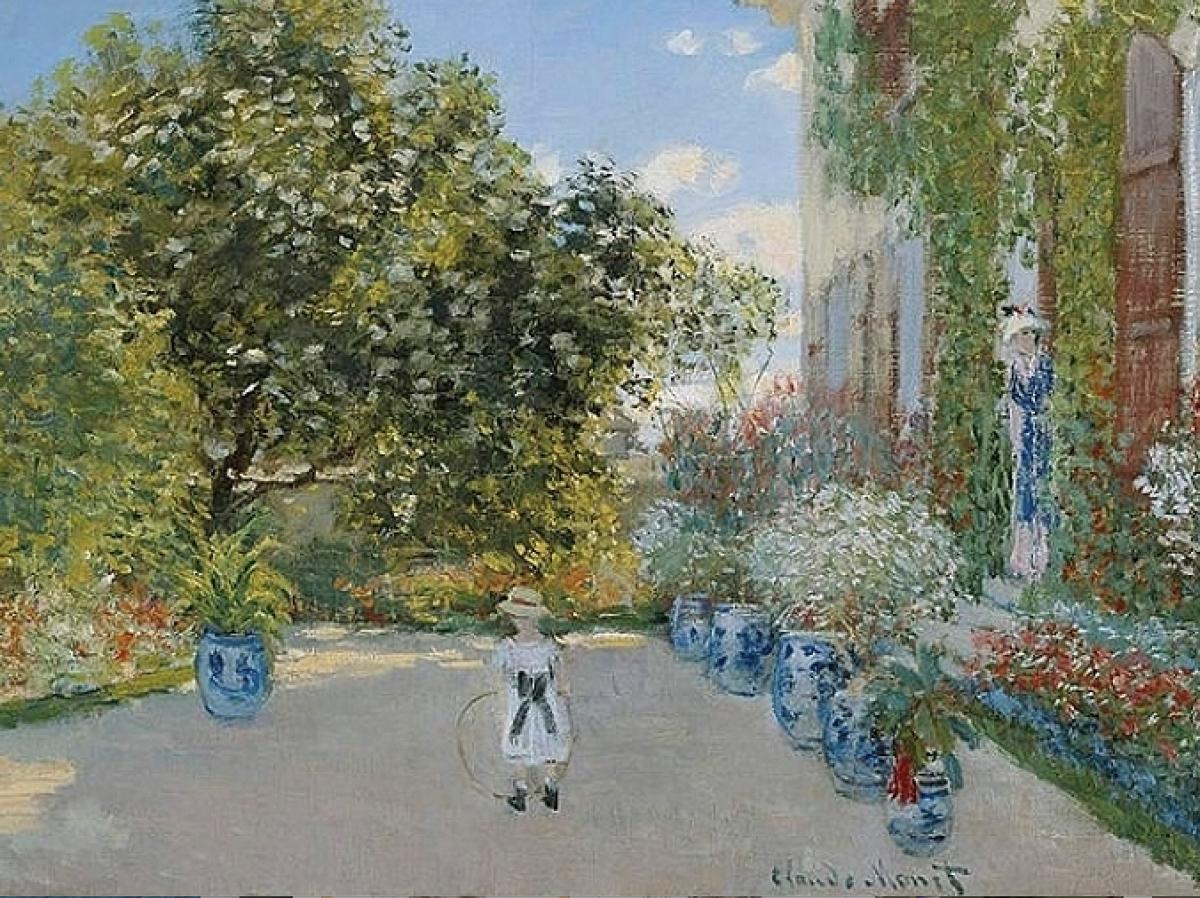



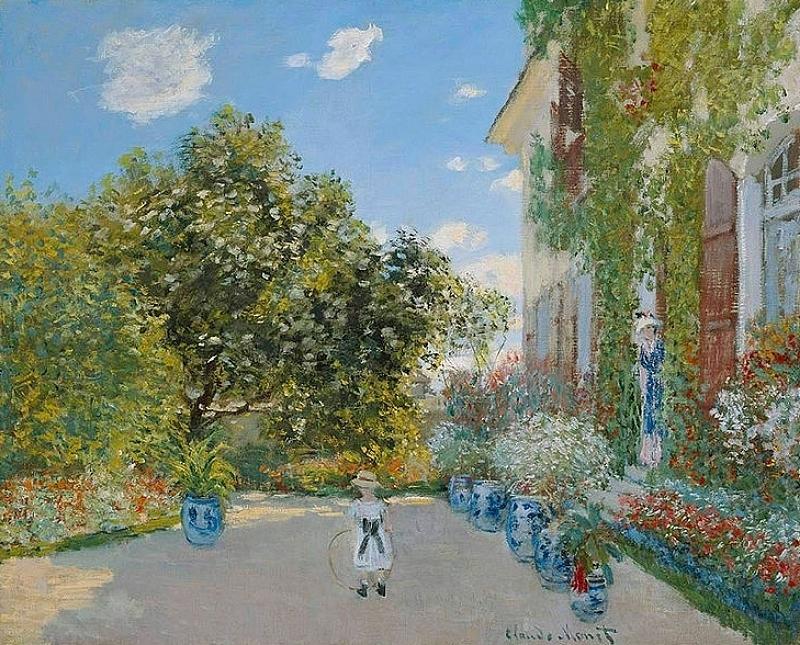
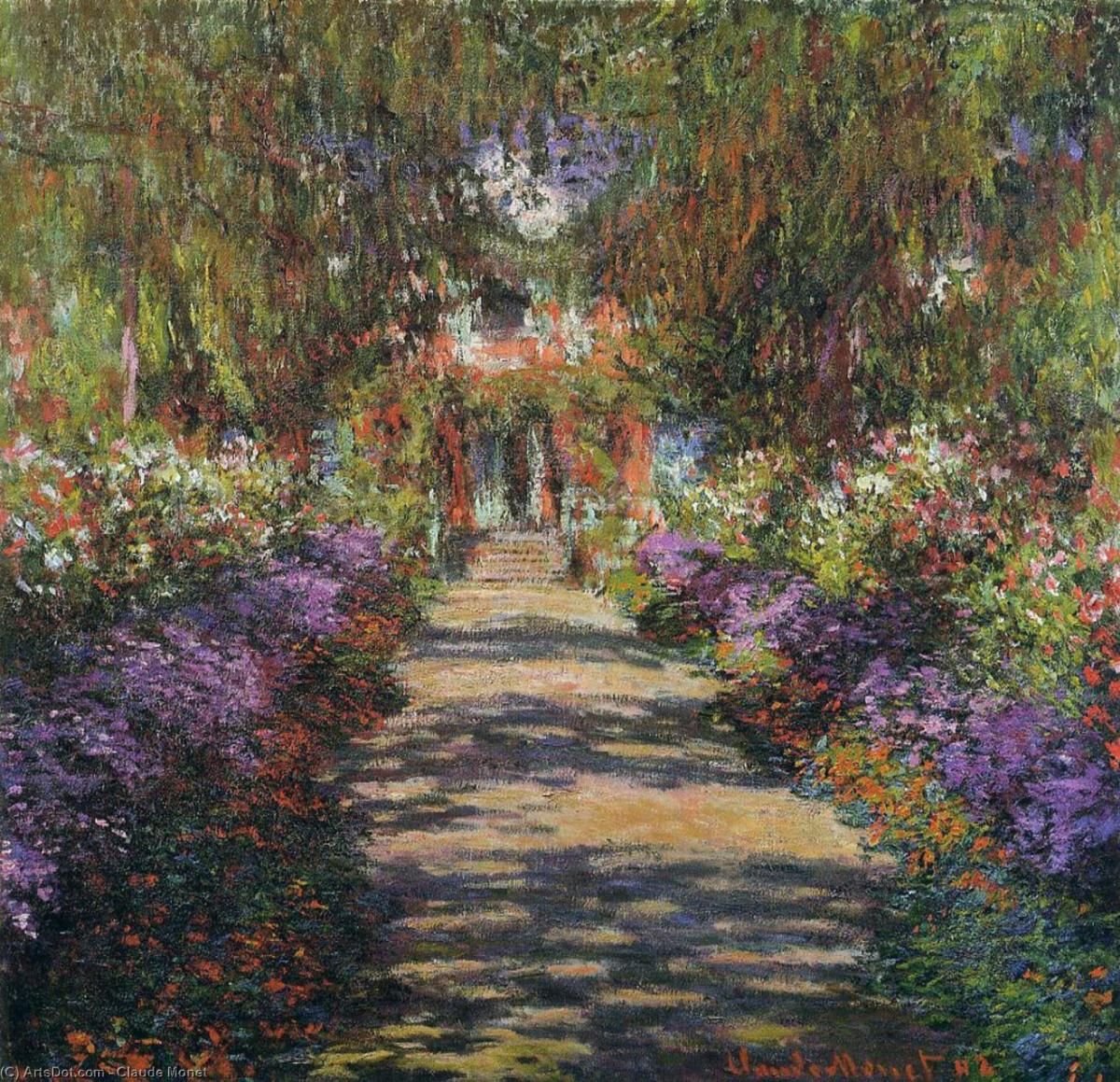
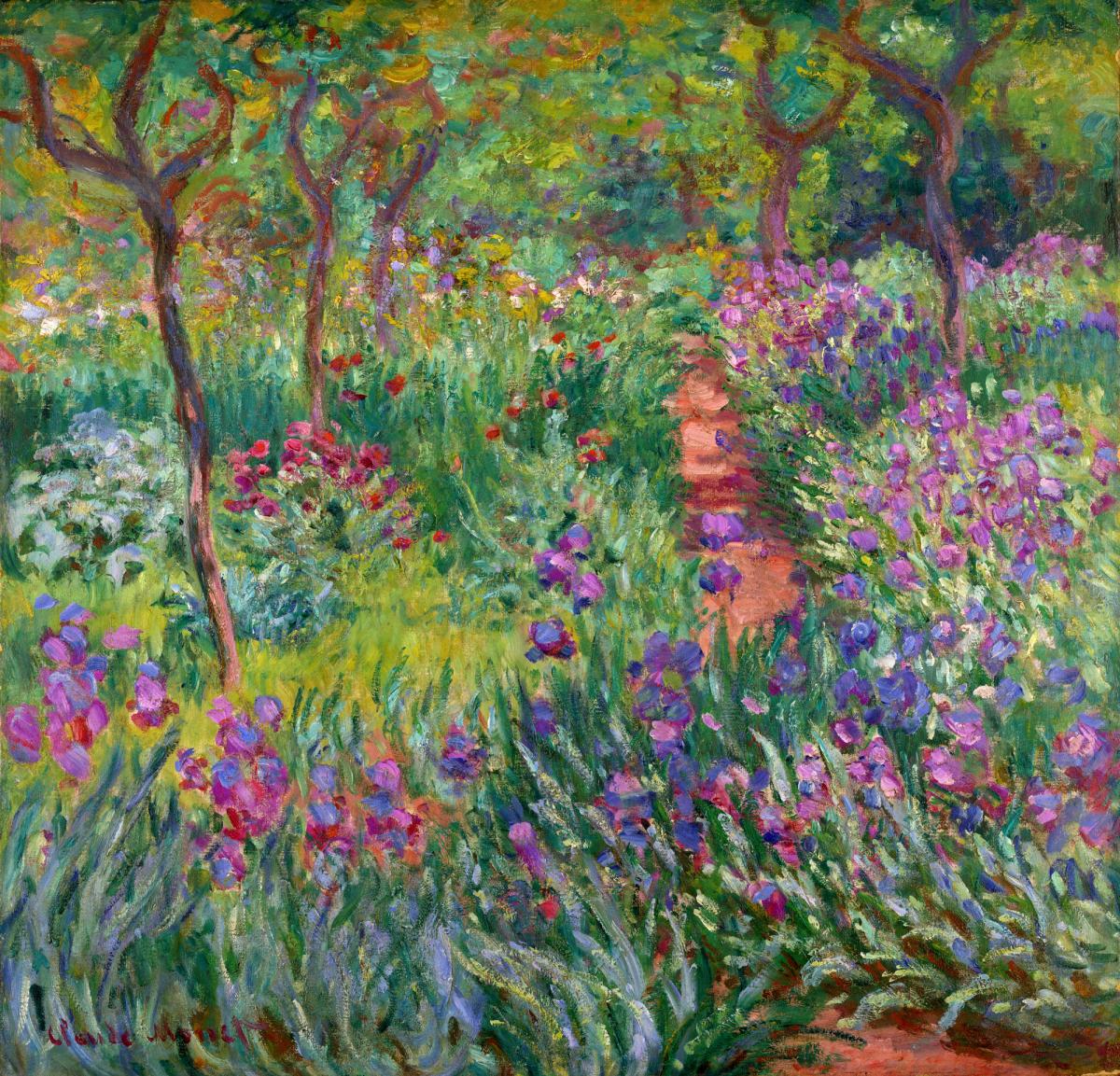
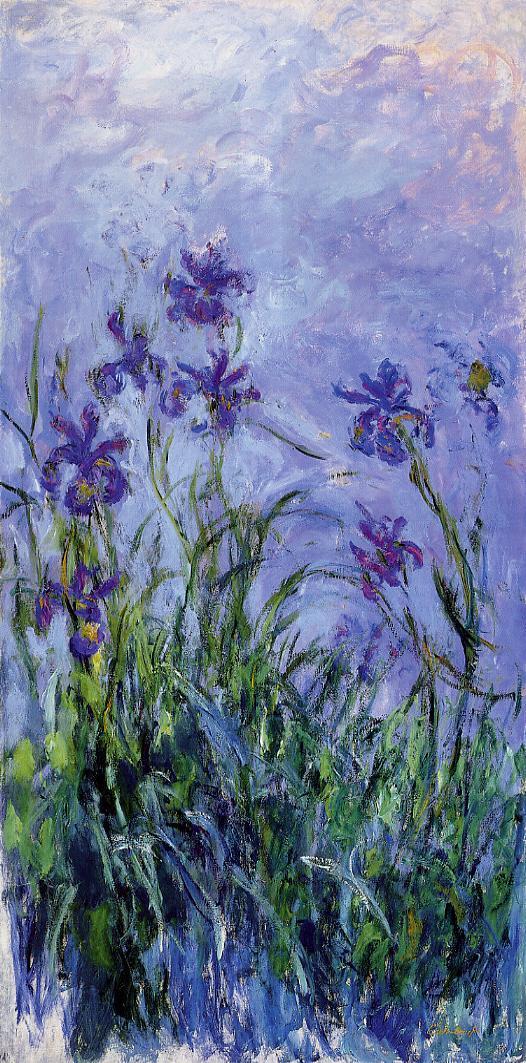
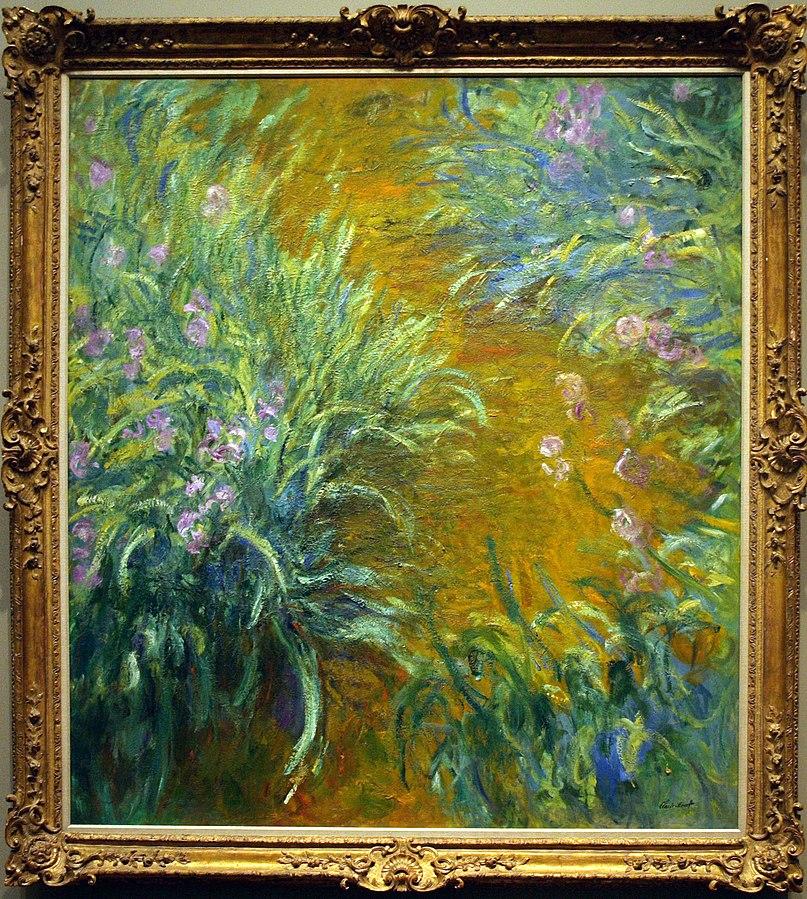
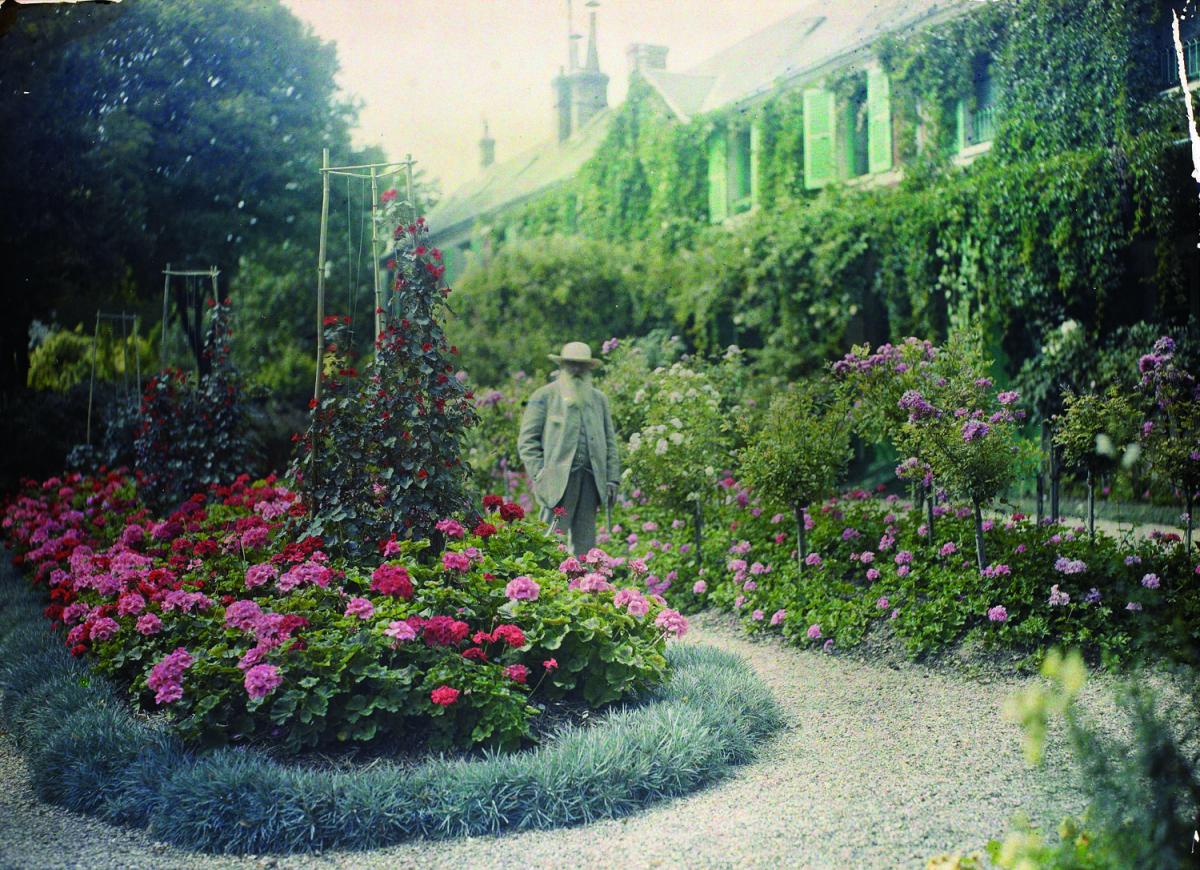
Write a Letter to the Editor on this Article
We encourage readers to offer their point of view on this article by submitting the following form. Editing is sometimes necessary and is done at the discretion of the editorial staff.